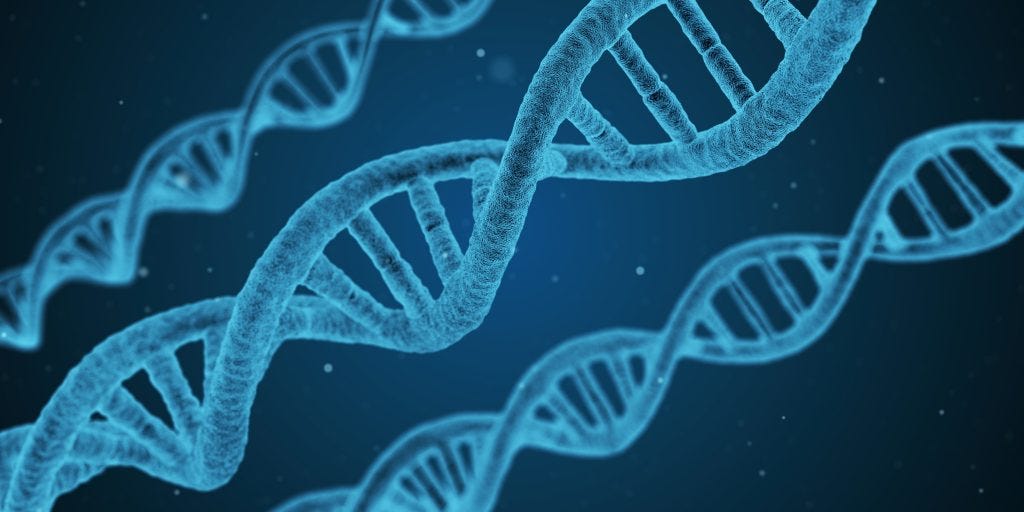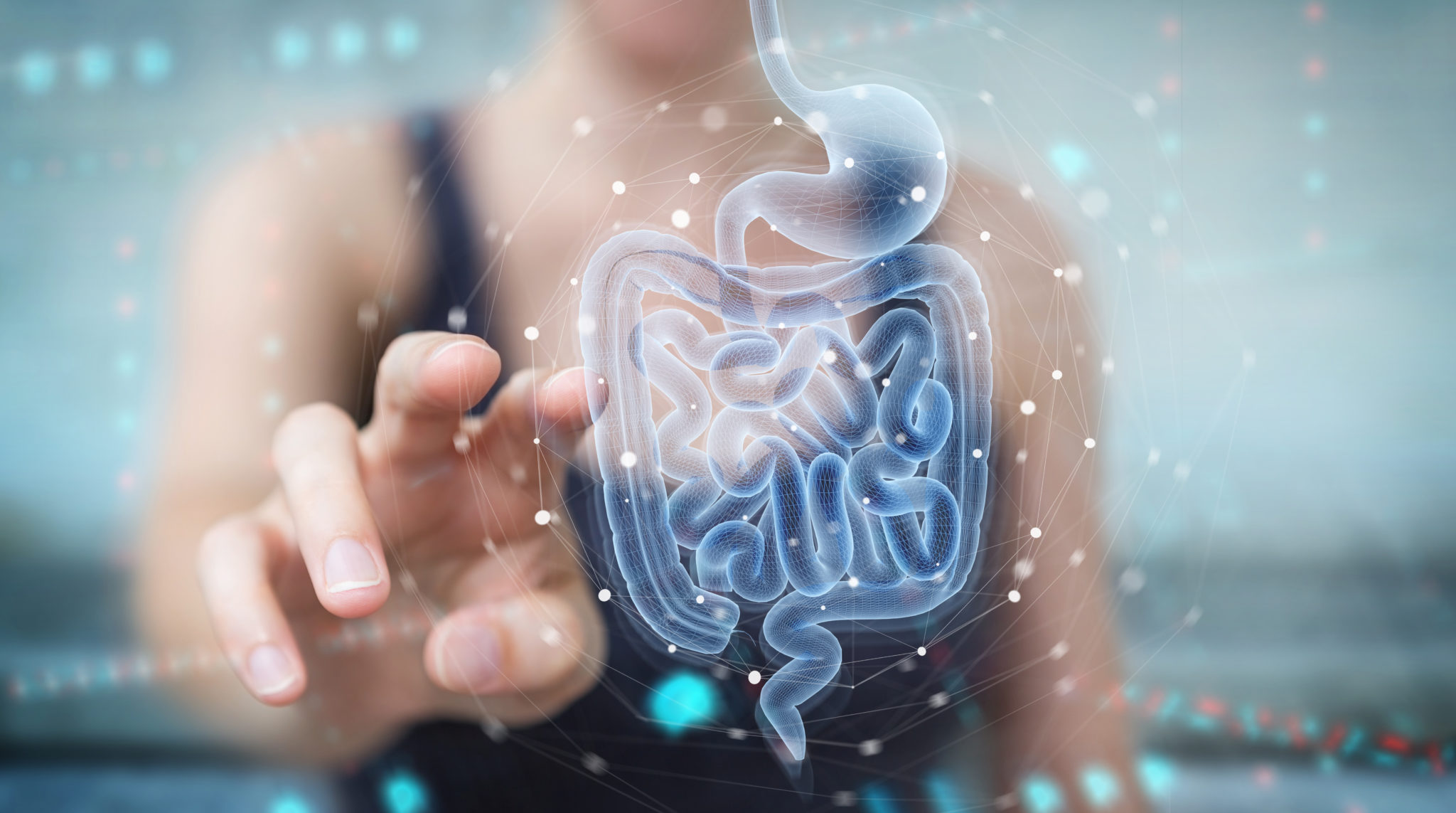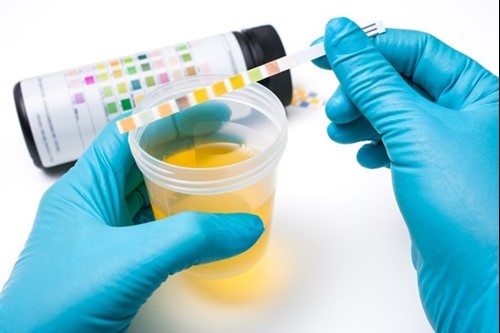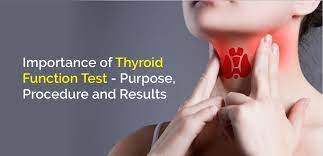The 10 hallmarks of Aging
The 10 hallmarks of Aging
Aging | 01 Aug 2023
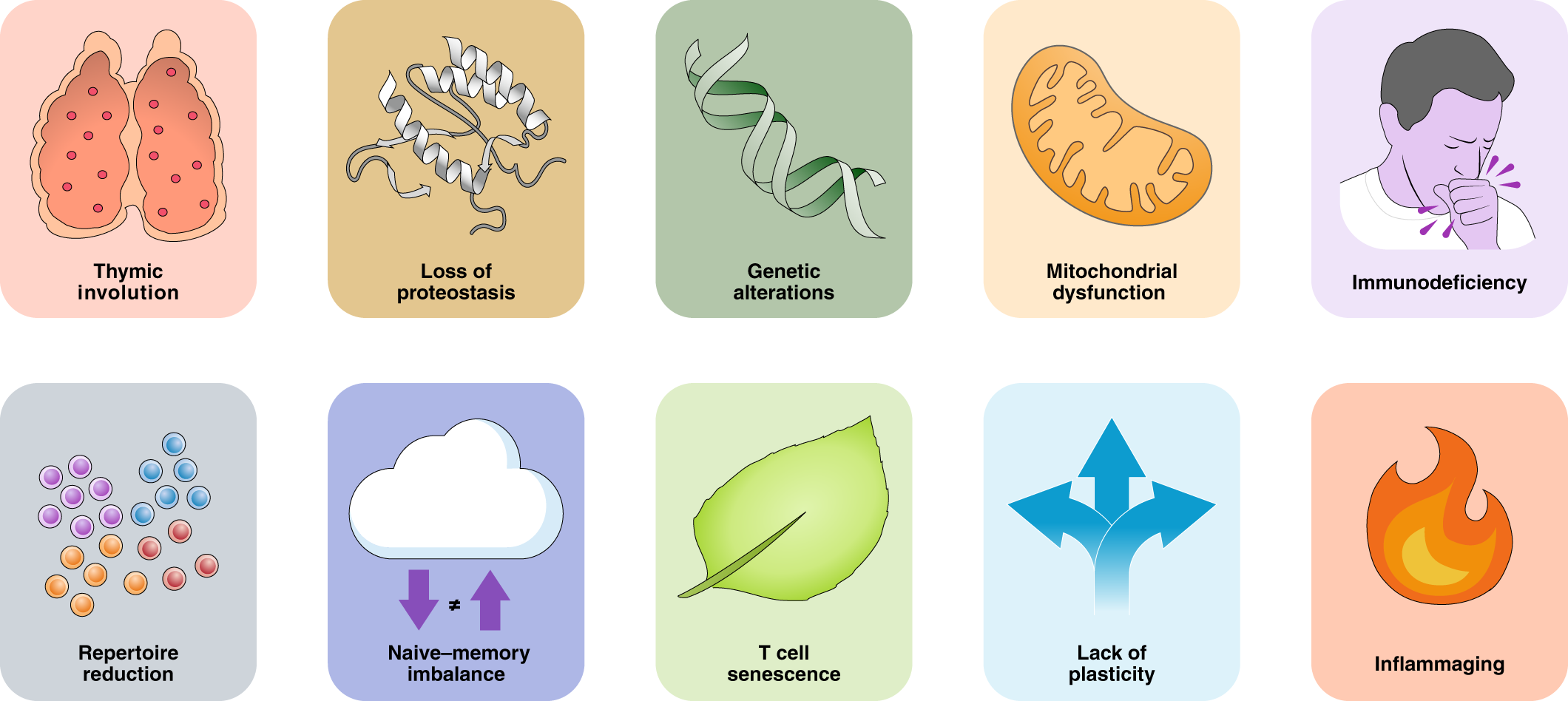
1. Genomic instability: Accumulation of DNA damage and mutations over time.
2. Telomere attrition: Gradual shortening of protective caps on the ends of chromosomes.
3. Epigenetic alterations: Changes in gene expression patterns that affect cellular function.
4. Loss of proteostasis: Decline in the body's ability to maintain proper protein folding and degradation.
5. Deregulated nutrient sensing: Dysregulation of nutrient-sensing pathways that control metabolism.
6. Mitochondrial dysfunction: Decline in the function and efficiency of cellular energy production.
7. Cellular senescence: Accumulation of senescent cells that no longer divide and contribute to inflammation.
8. Stem cell exhaustion: Reduction in the capacity of stem cells to regenerate tissues.
9. Altered intercellular communication: Disruption in signaling between cells and tissues.
10. Age-related changes in metabolism: Shifts in metabolic processes and nutrient utilization.
These hallmarks collectively contribute to the aging process and age-related diseases.
Contact Us
Let’s Connect





